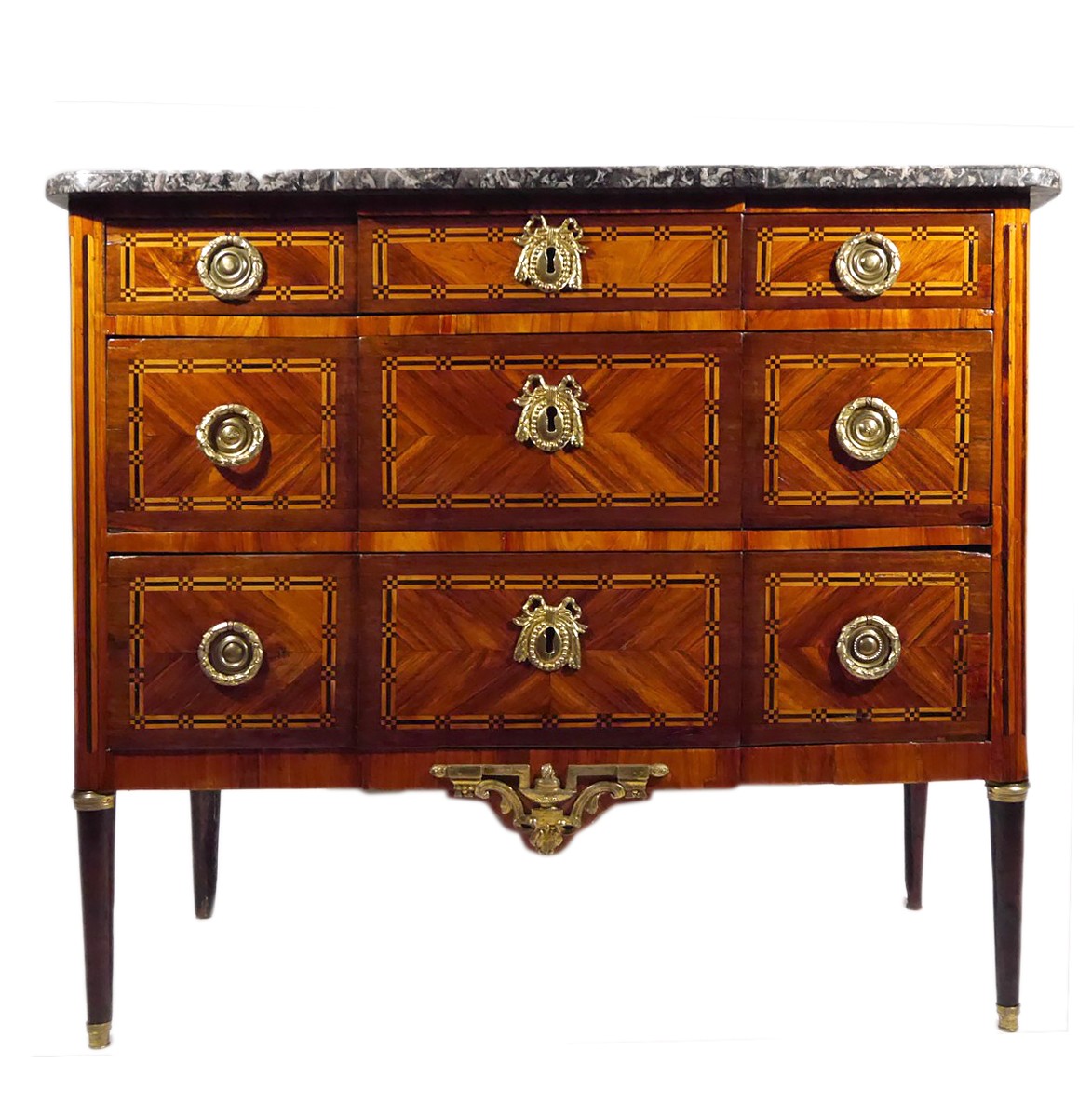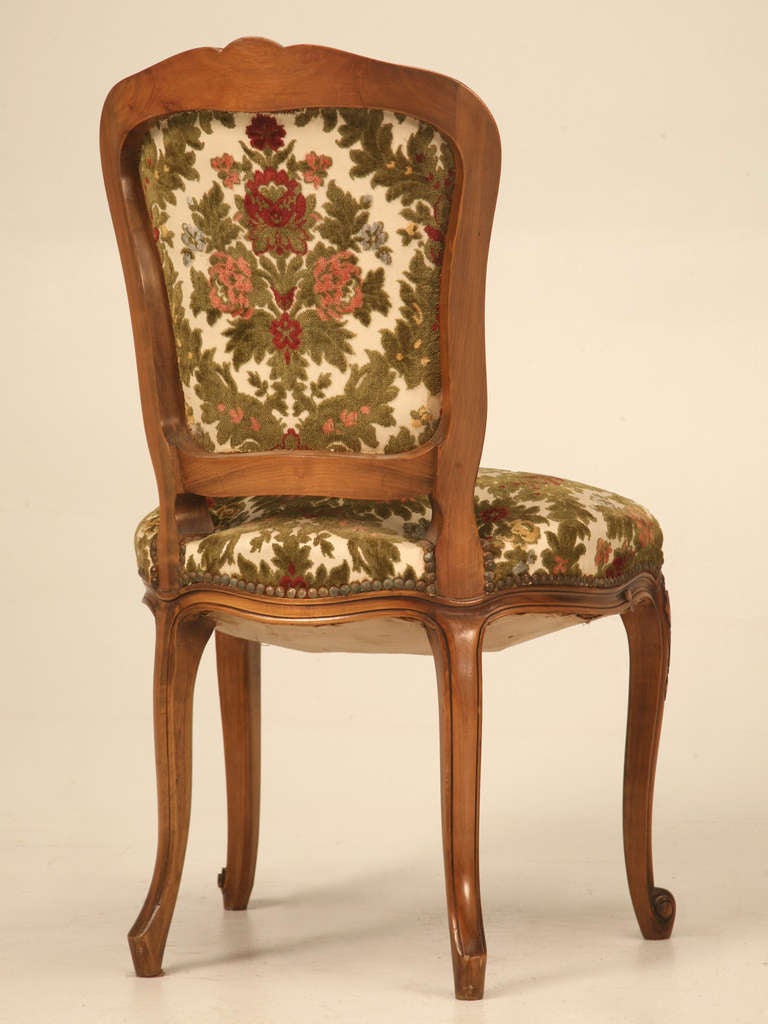French Louis
- Louis XIV, byname Louis the Great, Louis the Grand Monarch, or the Sun King, French Louis le Grand, Louis le Grand Monarque, or le Roi Soleil, (born September 5, 1638, Saint-Germain-en-Laye, France—died September 1, 1715, Versailles, France), king of France (1643–1715) who ruled his country, principally from his great palace at Versailles, during one of its most brilliant periods and who remains the symbol of absolute monarchy of the classical age.
- Louis VI (late 1081 – 1 August 1137), called the Fat (French: le Gros) or the Fighter (French: le Batailleur), was King of the Franks from 1108 to 1137. Chronicles called him 'King of Saint-Denis'. Louis was the first member of the house of Capet to make a lasting contribution to centralizing the institutions of royal power.
We provide French Louis chairs wholesale worldwide. Our Louis dining table and chairs wholesale are made of solid locust tree wood and other hardwood. We have about 33 product processing that includes cutting, polishing, mound carving, stewing, bending, drilling, rattan producing, leather works, fabric assembled, work with painting, and many more. Louis IX (25 April 1214 – 25 August 1270), commonly known as Saint Louis or Louis the Saint, is the only king of France to be canonized in the Catholic Church.Louis was crowned in Reims at the age of 12, following the death of his father Louis VIII; his mother, Blanche of Castile, ruled the kingdom as regent until he reached maturity. During Louis' childhood, Blanche dealt with the.
The Louis d'or (French pronunciation: [lwi dɔʁ]) is any number of Frenchcoins first introduced by Louis XIII in 1640. The name derives from the depiction of the portrait of King Louis on one side of the coin; the French royal coat of arms is on the reverse. The coin was replaced by the French franc at the time of the revolution and later the similarly valued Napoléon. The actual value of the coins fluctuated according to monetary and fiscal policy (see livre tournois), but in 1726 the value was stabilized.
The 1640 issue of Louis d’or contained five denominations: a half Louis and a one, two, four, and eight Louis.[2] All subsequent issues through 1793 were only denominated in half, one, and two Louis.[3]
Louis XIII[edit]
The Louis d'or (a gold coin) replaced the franc which had been in circulation (in theory) since John II. In actual practice the principal gold coin circulating in France in the earlier 17th century had been Spanish: the 6.7-gram double escudo or 'doubloon', of which the Louis d'or was an explicit copy. There also existed a half-Louis coin (the demi-louis d'or) and a two-Louis coin (the double louis d'or).
The Louis d'or fixed several problems with previous French gold coinage. Louis XIII previously struck coins from 23 carat gold even though Charles V had made 22 carats the de facto international standard for gold coinage a century earlier.[4] Royal edicts had set the official values of his gold coins so low that it was profitable to export them.[4] Since they were still made by hand, cheaters could shave bits of gold from the edges of the coins before passing them on, an illegal process called clipping. To fix this, Jean Varin, a medalist from Liège, installed machinery in the Paris mint which made perfectly round coins so that clipping could not go undetected.[4] The new demi Louis d'or maintained the weight of the old écu d’or, but decreasing its fineness to 22 carats, allowing it to circulate at a value of five livres. Its double, the Louis d'or had the weight and fineness of the Spanish pistole,[5] or two escudo coins, which was an international trade currency.
Smaller values were available through a number of silver coins – the écu (sometimes called the louis d'argent), also available in 1⁄2, 1⁄4 and 1⁄8 écu denominations (60, 30 and 15 sols) – and copper coins (sols and deniers).
The Louis d'or under Louis XIII had a dimension of about 25 mm, and a weight of 6.75 g.
- Recto: the king's head turned to the right with the motto 'LVD XIII DG – FR ET NAV REX' (LVDOVICVS XIII DEI GRATIA FRANCIAE ET NAVARRAE REX 'Louis XIII, by the grace of God king of France and of Navarre').
- Verso: the royal monogram (4 double 'L's surmounted by a crown with fleur de lis) and the motto 'CHRS REGN VINC IMP' (CHRISTVS REGNAT VINCIT IMPERAT 'Christ reigns, conquers and commands').
- Engraver: Jean Varin (1604–1672)
The double louis has a size of 28.5 mm and a weight of 13.47 g.[6] The quatruple louis has a size of 35 mm and a weight of 26.88 g. The 10 louis has a size of 44 mm and a weight of 66.87 g. One of these was sold in 2012 for 210,000 euros, which makes it the most expensive French coin of any time.[7] The half louis has a size of 20 mm and a weight of 3.34 g.[8]
Louis XIV[edit]
The Louis d'or under Louis XIV was similar in most respects to its predecessor and had a dimension of +/- 25 mm, and a weight of 6.75 g.
- Recto: the king's head turned to the right with the motto 'LVD XIIII DG – FR ET NAV REX' (LVDOVICVS XIIII DEI GRATIA FRANCIAE ET NAVARRAE REX 'Louis XIV, by the grace of God king of France and of Navarre').
- Verso: the royal monogram (4 double 'L's surmounted by a crown with fleur de lis) and the motto 'CHRS REGN VINC IMP' ('Christ reigns, defeats and commands').
- Engraver: Jean Varin (1604–1672)
Louis XV[edit]

Under Louis XV, mintage of the Louis d’or was at first reduced while John Law introduced paper money. After Law's system failed and Cardinal Fleury became Louis XV's chief magistrate in 1726, France returned to a policy of sound money and the mintage of the Louis d’or returned to normal levels. The weight of the Louis d’or was now increased to 8.1580 g and gold content of 0.2405 troy oz, it was revalued at 20 livres, and a commitment was made to maintain this valuation. This promise was kept until 1740 when the louis d’or was revalued to 24 livres, thereby effecting a 20% devaluation of the livre. This was the last devaluation until the French revolution replaced the louis d’or by the franc.[10]
- Recto: Crowned young head. Notable changes were made to the portrait when the weight of the Louis d’or was stabilized in 1726 and when it was revalued in 1740.
- Verso: The early coinage of Louis XV has a variety of rapidly changing reverse types. When the value of the Louis d’or was stabilized in 1726, a reverse type with the coats of arms of France and Navarre in two ovals was adopted. This reverse earned the coin the nickname 'Louis aux lunettes', i.e. Louis with glasses.
- Engraver: Norbert Roettiers (1703–1748)
Louis XVI[edit]
The Louis d'or under Louis XVI was minted between 1785 and 1792 and had a dimension of 23 mm, and a weight of 7.6490 g, a fineness of 0.917, and gold content of 0.2255 troy oz.[11] The double louis has a size of 28.5 mm and a weight of 15.26 g.[12]
- Recto: the king's head turned to the left with the motto 'LVD XVI DG – FR ET NAV REX' (LVDOVICVS XVI DEI GRATIA FRANCIAE ET NAVARRAE REX 'Louis XVI, by the grace of God king of France and of Navarre').
- Verso: Crowned arms of France and Navarre.[11]
- Engraver: B. Duvivier[13]
French Louisiana Religion
Louis d'or 'constitutionnel'[edit]
During the French Revolution there was a coin named the 'Louis d'or constitutionnel', a coin of the First French Republic. Engraved on the coin is '24 livres'.
Louis XVIII[edit]
Contrary to what one might expect, the 20-franc gold coin under Louis XVIII was not a Louis d'or but a Napoléon gold coin.Because of the new monetary law under Napoleon I , all the 20 francs gold coins from Napoleon I to the 20-franc 'coq' are Napoleon gold coins.
Royal Canadian Mint issues[edit]
In July 1725, the ship Chameau left France for Quebec, carrying dozens of military and political VIPs and a fortune in gold and silver, but sank near the end of the voyage.[14] In 1961, a discovery of cannons scattered on the sea bottom alerted Alex Storm, a diver working part-time on a fishing trawler from Louisbourg.[14] Storm carefully mapped the wreckage of the Chameau to locate the treasure compartment. In 1965, after several years of searching, the gold was found and the mystery of the treasure was solved.

The Royal Canadian Mint commemorated this by creating a 1/20th ounce gold coin. The coin was released in October 2006 and was composed of 99.99% pure gold. Its face value was one Canadian dollar and had a limited mintage of 10,000 coins.[15] This numismatic coin, named the Gold Louis, had a weight of 1.555 grams and a diameter of 14.1 mm. Obverse: Queen Elizabeth II. Reverse: the royal monogram (4 double 'L's) surmounted by a crown with fleur de lis and the motto 'CHRS REGN VINC IMP' (Christus regnat, vincit, et imperat. Latin > 'Christ reigns, conquers and commands'). Engravers: Royal Canadian Mint engravers.[15]
See also[edit]
Notes[edit]
- ^The 4 Louis d’or, issued only in 1640, contains (on average) of 0.9170 fine gold, and weighs 0.948 ounces.[1]
- ^The Half-Louis d’or, contains (on average) 3.34g of 0.9170 fine gold, and weighs 0.0985 ounces.[2]
- ^The 2 Louis d’or contains (on average) 12.235g of 0.9170 fine gold, and weighs 0.3607 ounces.[9]

References[edit]
Citations[edit]
- ^Cuhaj 2009, p. 403.
- ^ abCuhaj 2009, p. 375.
- ^Cuhaj 2009, pp. 375–403.
- ^ abcCoins in History, John Porteous , p 210.
- ^Historic Gold Coins of the World, Burton Hobson, p. 61.
- ^LOUIS XIII LE JUSTE DOUBLE LOUIS d'or à la mèche longue, à deux rubans
- ^LA PLUS GROSSE PIÈCE D'OR FRANÇAISE
- ^LOUIS XIII LE JUSTE Demi-LOUIS d'or à la mèche mi-longue 1640
- ^Cuhaj 2009, p. 399.
- ^Coins in History, John Porteous , p 216.
- ^ abCuhaj 2009, p. 395.
- ^LOUIS XVI Double louis d’or dit 'aux écus accolés' 1786 Lyon
- ^Engel, Arthur (1897). Traité de numismatique moderne et contemporaine: ptie. Époque moderne (xvi-̊xviii ̊siècles) (in French). E. Leroux. pp. 39.
- ^ ab'Archived copy'. Archived from the original on 27 September 2007. Retrieved 12 December 2007.CS1 maint: archived copy as title (link)
- ^ abThe Charlton Standard Catalogue of Canadian Coins, 61st Edition
Sources[edit]
- Cuhaj, George S., ed. (2009). Standard Catalog of World Gold Coins 1601–Present (6 ed.). Krause. ISBN978-1-4402-0424-1.
French Louis Xv Desk
External links[edit]
French Louis 16
- 'Louis d'Or' . The American Cyclopædia. 1879.